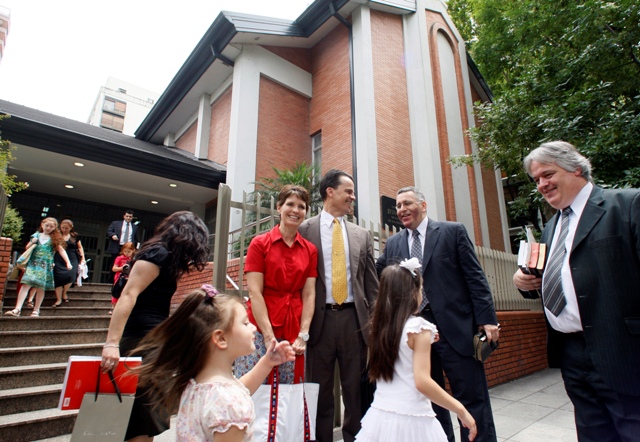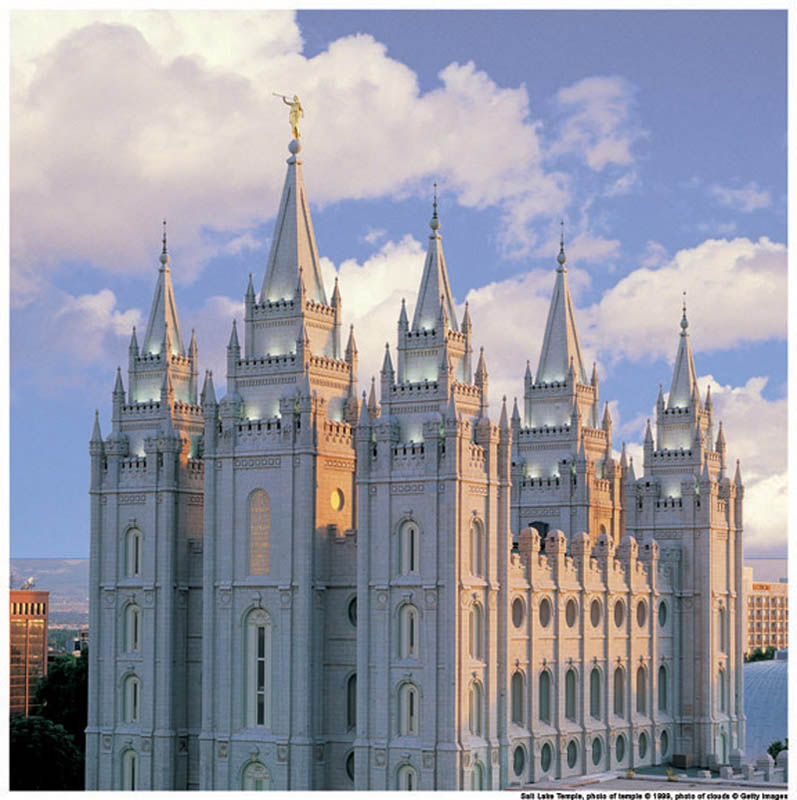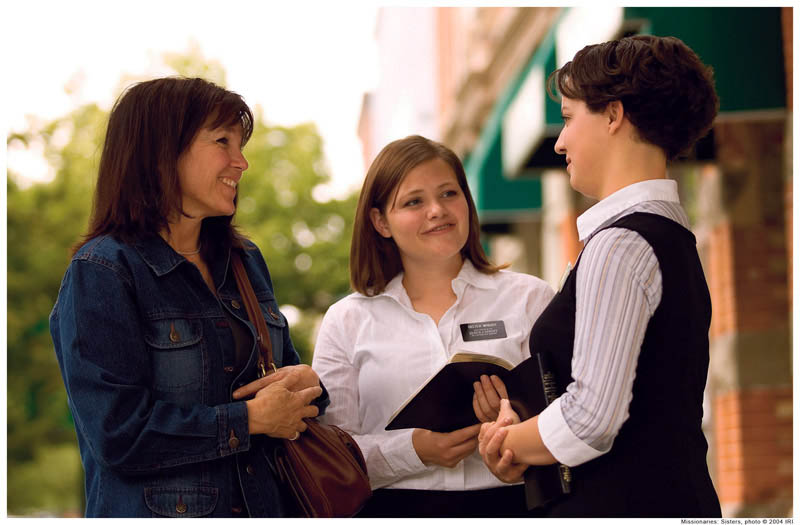The Mormons have released 2010 statistics for the Mormon church. A quick look at these statistics can be helpful in learning to understand what the Mormons are all about and how they are impacting the world around them.
 Total church membership in 2010 was 14,131,467. A recent study showed this is one of the few churches still increasing in membership. Unlike many churches, a Mormon will be counted only once, making the count more accurate. When a person becomes a Mormon, a file is created for him that shows his important information—contact information, age, gender, and standing in the church. This record travels with him wherever he goes. In many churches, if a person changes congregations, he is counted as a new member and might easily be listed as a member of his church many times, rather than only once. This means the Mormon numbers each represent a distinct person. It includes anyone who does not formally remove himself from church membership, but each person is counted only once.
Total church membership in 2010 was 14,131,467. A recent study showed this is one of the few churches still increasing in membership. Unlike many churches, a Mormon will be counted only once, making the count more accurate. When a person becomes a Mormon, a file is created for him that shows his important information—contact information, age, gender, and standing in the church. This record travels with him wherever he goes. In many churches, if a person changes congregations, he is counted as a new member and might easily be listed as a member of his church many times, rather than only once. This means the Mormon numbers each represent a distinct person. It includes anyone who does not formally remove himself from church membership, but each person is counted only once.
Church membership grew slowly at first, but has been picking up speed at a regular rate.
Membership is spread throughout the world. In places where there are enough members, congregations are formed. In 2010, there were 28,660 congregations. People are assigned a congregation based on geographic location rather than simply choosing one they like. This normally results in greater diversity and allows congregations to ensure they are able to meet the needs of their members. Because the Mormons are a lay church, everything is done by volunteers a great many people are needed and having assigned attendance allows church leaders to ensure there are enough people to do it all. When congregations become too large, they can be divided. If they become too small, they can be combined.
Church materials had been translated into 166 languages. Today, a new online volunteer project is allowing members to participate in the translation of materials into even more languages.
The Mormons operate an extensive humanitarian aid program worldwide. This program assists people without regard to faith. Since 1985, the Mormons have provided humanitarian aid valued at 1.3 billion dollars in 178 countries and also sent out 8,583 welfare and humanitarian aid missionaries, mostly retired people, to carry out these programs as volunteers. Members of the church also donate many uncounted hours assisting in the program.
The Mormons also operate an extensive education program. They have four colleges or universities located in Utah, Idaho, and Hawaii. In addition, they run an academically demanding religion education program for college students called Institute of Religion and another for high school students called Seminary. Both operate during the school year on weekdays. High school students attend seminary nearly every school day. College students attend at least once a week and many participate in more classes when they are available. In 2010, 348,111 students were enrolled in the Institute program and 369,373 were enrolled in the seminary program. These programs are one reason a recent Pew Forum study showed Mormon teens were better able to intelligently discuss their religions than most religious teenagers.
Mormons are well-known for their temples, a religious practice found in both the Old and New Testaments of the Bible. Jesus Christ attended the temple in His lifetime and fought fiercely to protect their sacredness. Temples are different from regular meetinghouses. Meetinghouses, where services are held each Sunday, are open to the public. Temples are closed on Sundays and are used for special religious sacraments, the making of sacred covenants (formal promises to God), and for learning about Jesus Christ and are open only to worthy members. The temple is a place for Mormons to get away from the world for a while and be in a completely spiritual environment where everyone shares their faith. In 2010, the Mormons had 134 temples, but in total currently, there are 152 either built, being built, or announced. They are found throughout the world.
Statistics, of course, don’t begin to tell the story of a religion. They provide hints as to a church’s growth and, in the case of temples and humanitarian work, into its values. However, to learn the true measure of a religion, you have to look at their core beliefs. At the core of Mormonism is Jesus Christ. The true name of the Church is The Church of Jesus Christ of Latter-day Saints, so the Savior’s name resides at the very center of the Church’s name. The Book of Mormon explains why this is so. Jesus Christ, after His death, appeared to a group of people on the American Continent (the other sheep he referred to before His crucifixion) and helped them organize their church. They could not agree on a name for the church. Jesus asked why they found this difficult.
“Have they not read the scriptures, which say ye must take upon you the name of Christ … ? For by this name shall ye be called at the last day. …
“Therefore, whatsoever ye shall do, ye shall do it in my name; therefore ye shall call the church in my name; and ye shall call upon the Father in my name that he will bless the church for my sake.
“And how be it my church save it be called in my name? For if a church be called in Moses’ name then it be Moses’ church; or if it be called in the name of a man then it be the church of a man; but if it be called in my name then it is my church, if it so be that they are built upon my gospel.” (See 3 Nephi 27.)
Mormonism is based on Jesus Christ and a faith that is built on original Biblical teachings and on the companion book, The Book of Mormon, and on God’s assurance that He would do nothing except through His prophets. A person who makes a sincere and honorable study of Mormonism will be able to get at the heart of the religion.
About Terrie Lynn Bittner
The late Terrie Lynn Bittner—beloved wife, mother, grandmother, and friend—was the author of two homeschooling books and numerous articles, including several that appeared in Latter-day Saint magazines. She became a member of the Church at the age of 17 and began sharing her faith online in 1992.






The growth of Temples and the increased attendance is the greatest sign of the vitality of the church.